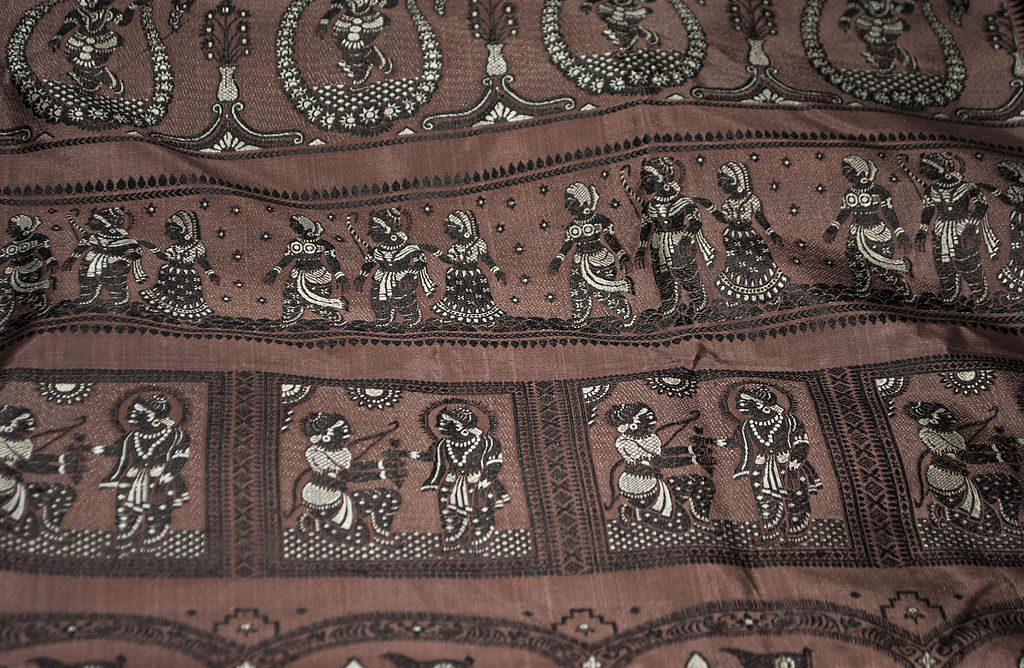Baluchari is a famous saree of Bengal. They are also worn by women in the neighbouring region such as Bangladesh. Due to its rich and sophisticated look, the Baluchari saree attracted a large crowd from all over India. Baluchari saree was not a daily attire it was worn by the woman of high society. These women wore Baluchari saree during festivals and happy occasions such as weddings or childbirth. At that time having a baluchari saree was a symbol of wealth and prosperity.

Baluchari saree is made out of the most expensive silk in India. The saree weaving goes back as further as Ramayana. Since it is that old Baluchari has seen several changes in it’s making. Every new craftsman weaved it a little differently. In older time there was no machine to help out the workers. These sarees were only made by hand and was completed in several days. During the time of Mughals and Britishers, the Baluchari saree saw the most changes. Only the pattern and design was changed a little bit, its place in the hearts of women did not swift even a little.
History of Baluchari Saree
Baluchari sarees were made in a small village of Murshidabad district called Baluchar from where the art has taken its name. In the 18th century, art was encouraged and flourished under Murshidquali Khan, nawab of Bengal. The art was submerged in other villages after a flood removed and forced some villages to be merged.
Baluchari art saw a rise during the Mughal era and fall during British rule. The main reasons were finances and unsupportive high authorities.
Speciality of Baluchari Saree
- Baluchari saree is known for its pallu design which has mythological scenes woven onto it.
- It is a status of geographical indication in India.
- Finishing one saree takes more than a week.
- Saree has motifs of birds and animals where they are hidden with fauna or flora.
- The scenes on pallu are inspired by daily life or mythological stories. So you will also see a woman fanning herself (a foreigner woman during British rule) and a man smoking woven on the pallu.
People are shifting towards authenticity again which is giving weavers an opportunity to go back to their profession.
